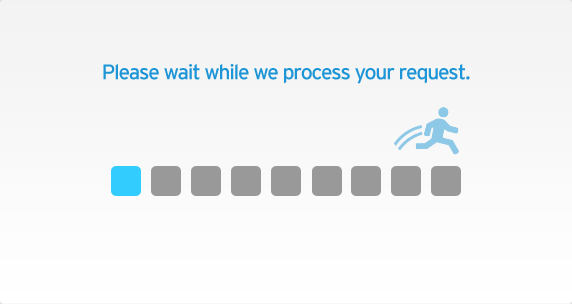Nestled amid the highest range of mountainsin the world, Nepal is a popular travel destination in the Sub Continent. Besides the view of the Mt Everest, the country lures tourists with picturesque views, heritage sites, sacred shrines, trekking and other delights. To assist travellers with all required information, here is a complete travel guide.
Weather and the Best Time to Visit Nepal
Nepal is spread over the mountains, foothills and the Terai regionof the Himalayas and enjoys salubrious weather all through the year. For travellers planning to visit Nepal is the important to know about the best time to visit and the season to absolutely avoid.
The best time to visit are from April to June and October to November. Monsoon is the time to avoid all travel plans. The season begins around the end of June and lasts until the end of September. Summer and late spring temperatures range in pleasant range. Much colder temperatures prevail at higher elevations.
Clothing
Lightweight clothes with a coat for evenings and warm clothing for the mountains. When trekking in the mountains, high quality trekking gear for the low temperatures is recommended all year round.
Visa
Tourist travelling to Nepal must obtain tourist visas on arrival at the airport and some land borders. You must pay in cash. Visas are valid for 15, 30 or 90 days. Visas obtained from the embassy must be used within six months of the date of issue.
Visas can also be obtained on arrival from the immigration authorities at all entry points (with fees payable in US Dollars or Pounds Sterling) provided travellers are in possession of valid travel documents, two passport photos and the relevant fee. You can extend tourist visas at the Department of Immigration and Pokhara Immigration Office for a total of 120 days. Over the course of a calendar year, a tourist cannot stay in Nepal for more than 150 days altogether.







